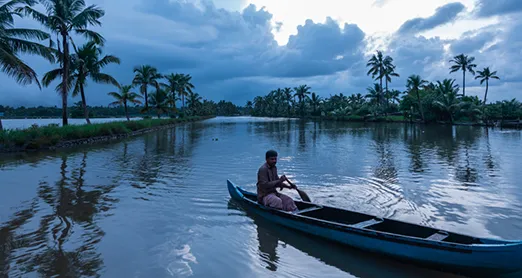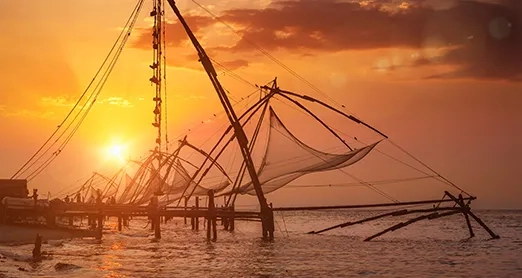Achieving Sustainable Cruise Tourism for the Maritime SASEC Region Post-COVID-19 Bangladesh, India, Maldives, Myanmar, and Sri Lanka
What
This report was co-authored by Scott Wayne and Dain Simpson and finalized during the COVID period and ready for publication. However, one of the five countries covered in the report – Myanmar — experience political upheaval, which put the publishing process on hold.
This report reviewed cruise industry issues overall and specific to each of the five SASEC
maritime countries―Bangladesh, India, Maldives, Myanmar, and Sri Lanka. These issues
included port infrastructure, economic and social impacts, environmental impacts including
green port prospects, and COVID-19 impacts and protocols for mitigation and recovery.
Marketing and product issues such as the shore experience were also considered, as well as
human resource needs and the role of governments in fostering and managing the cruise sector. While there have been significant developments in maritime cooperation among SASEC countries, cruise tourism has not been part of the SASEC agenda.
This report identifies ways in which member countries can cooperate to develop cruise tourism within the region and to develop the infrastructure necessary to achieve it.
Cruise ports are in a globally competitive market, and to increase international cruise ship visits, they must be competitive in their offers. As ports in the SASEC region increasingly competed for transshipment business by opening new container wharves and storage, and new ports were opened, opportunities for increased cruise traffic strengthened for those destinations that could offer alluring destination experiences.
Summary of Contents
Overall cruise and maritime tourism trends were covered globally and for the South Asia region. For each of the five SASEC countries, the following topics were analyzed:
- Overview of tourism
- Maritime and cruise tourism
- Infrastructure
- Marketing and Product
- Human Resources
- Policy and Investment
Policy recommendations were provided for 13 key issues. These issues included:
- Lack of regional coordination
- Need for national cruise tourism policies
- COVID-19 and international cruise tourism policies
- Greening cruise tourism
- Lack of cruise facilities in multiple countries
- Domestic and intra-regional marketing
- Private sector engagement in cruise port development
- Need for a regional information base
- Need for regional cruise and maritime related marketing
- Shore excursion development
- Lack of training and education for ports and shipping


